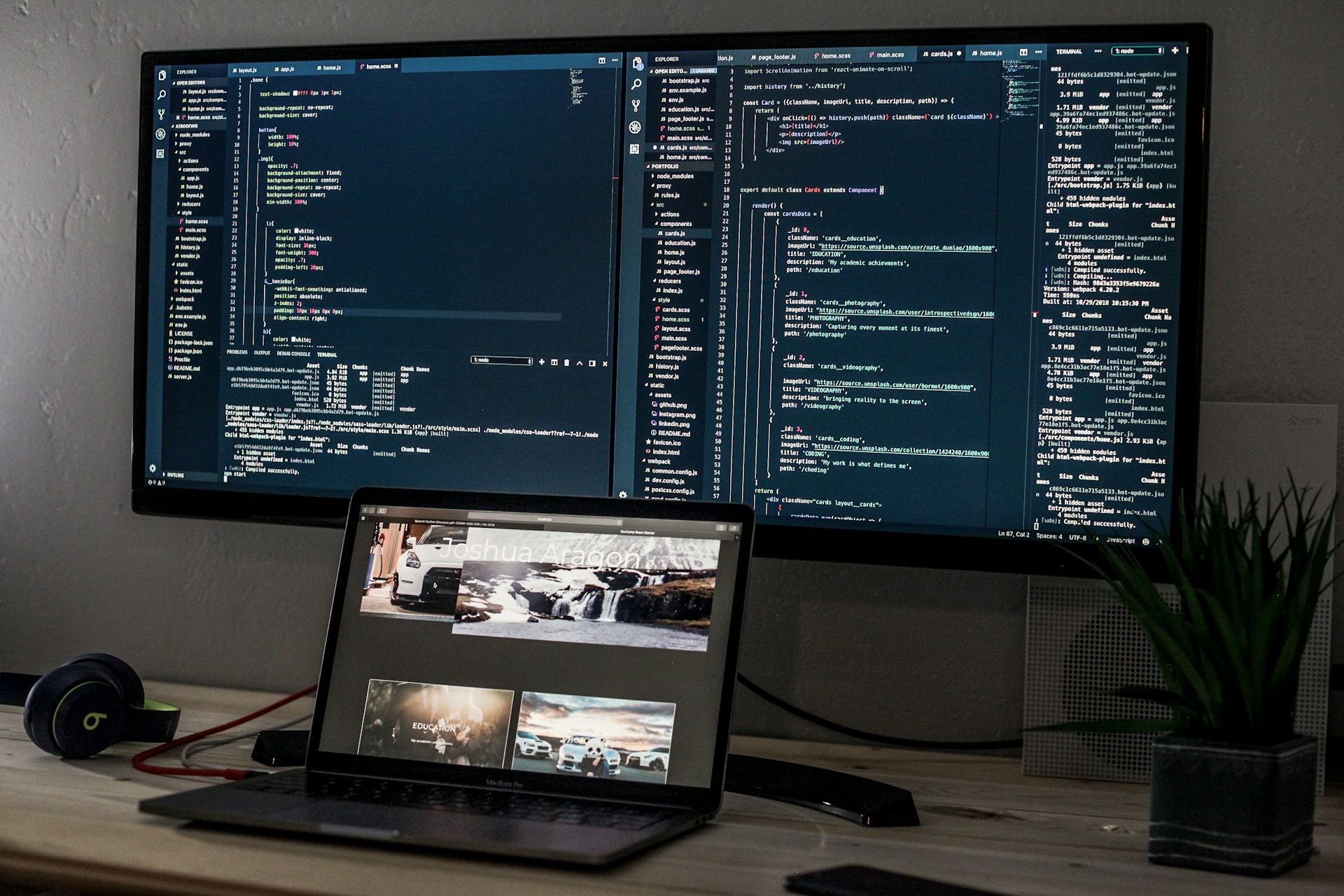 Throughout my career, I’ve often grappled with the idea of building a portfolio. I felt that I never had the time or skills to do it justice. In the early days, I believed my primary focus should be mastering software development skills. However, as I’ve grown in my profession, I’ve realized this was a big mistake. 😅
Throughout my career, I’ve often grappled with the idea of building a portfolio. I felt that I never had the time or skills to do it justice. In the early days, I believed my primary focus should be mastering software development skills. However, as I’ve grown in my profession, I’ve realized this was a big mistake. 😅
A portfolio is not only showcasing our skills…
it’s also documentation of our progress.
Imagine you’re learning React. You build a small project and place it in your portfolio, even if it’s just a simple app. Your first portfolio might not attract much attention, but that’s okay. The important thing is to start.
Because you can always refactor your past project.
Because you can always redesign your past project.
But blank code is always the hardest part.
But what if we don’t master a stack completely?
The truth is, you will never master everything, especially in this ever-evolving tech industry. You might think of starting a portfolio when you’ve mastered Vue.js, but once you do, you may need to learn another framework. Building something with a technology you’re familiar with might be boring. 🙂
The excitement comes from exploring the unknown and building a portfolio helps you learn better.
Why is it essential?
Aside from documenting our progress, a portfolio opens up opportunities to meet potential clients and aids in the recruiting process. By having a portfolio, you increase your surface area for luck. You might come across someone on Instagram looking for a person who can build a landing page. If you have a portfolio, at least you can reach out to them.
What if you face rejection? Use it as an opportunity to improve your portfolio. Update the copywriting, design, or other elements. But what if you land the project? There’s nothing to lose in building a portfolio. 😉
Building a portfolio is not a one-day task but a long marathon. The key is to just start.